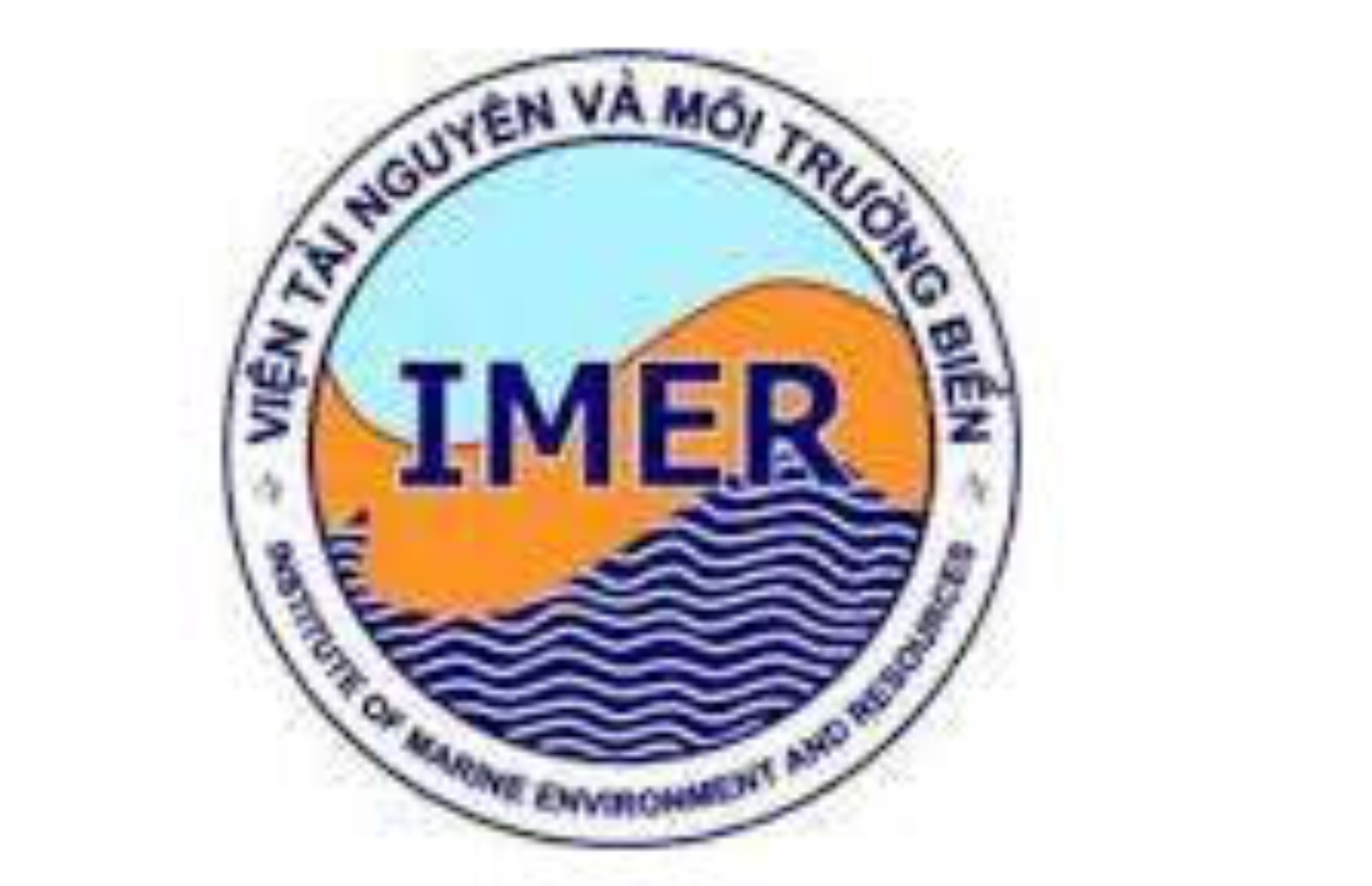EFFECT OF DENSITY ON GROWTH AND SURVIVAL RATE OF RUSSIAN STURGEON (ACIPENSER GUELDENSTAEDTII BRANDT, 1833) FROM FRY TO FINGERLING STAGE
Author affiliations
DOI:
https://doi.org/10.15625/1859-3097/14/1/4032Keywords:
Acipenser gueldenstaedtii, growth rate, rearing density, Russian sturgeon, survival rate.Abstract
In this study, three densities of 1,000, 2,000 and 3,000 ind./m2 were experimented in order to identify an appropriate density for rearing Russian sturgeon from the stage of fry to fingerling. Results showed that the absolute growth rate of the fish reared at the density of 1,000 ind./m2 (0.21 g/ind./day) was higher than those of the densities of 2,000 (0.17 g/ind./day) and 3,000 ind./m2 (0.15 g/ind./day) (p < 0.05). Relative growth rate of the fish reared at the density of 1,000 ind./m2 was higher than that of the density of 3,000 ind/m2 (57,2% as opposed to 46.6%; p < 0.05) but not significantly different from that of the density of 2,000 ind./m2 (46.6%; p > 0.05). The survival rates of the fish reared at the densities of 1,000 and 2,000 ind./m2 (83.3 and 76.3%) were higher than those of the density of 3,000 ind./m2 (60.3%, p < 0.05). From the results of this study, it can be suggested that the suitable density for rearing the Russian sturgeon from the stage of fry to fingerling should be less than 2,000 ind./m2 in order to optimize the growth, survival rate and tank rearing squares.Downloads
Download data is not yet available.
Metrics
Metrics Loading ...
Downloads
Published
19-05-2014
How to Cite
Thùy, N. V., & Dung, T. V. (2014). EFFECT OF DENSITY ON GROWTH AND SURVIVAL RATE OF RUSSIAN STURGEON (ACIPENSER GUELDENSTAEDTII BRANDT, 1833) FROM FRY TO FINGERLING STAGE. Vietnam Journal of Marine Science and Technology, 14(1), 75–80. https://doi.org/10.15625/1859-3097/14/1/4032
Issue
Section
Articles









